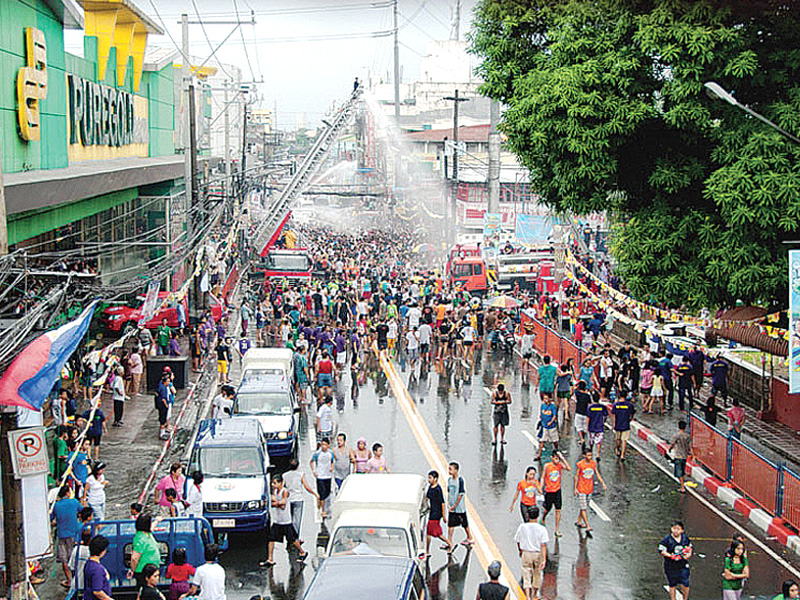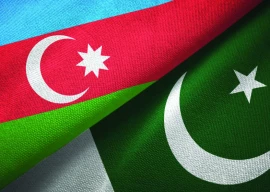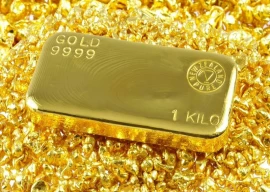
The San Juan Bautista Festival is a grand water fight, a cultural parade, an amalgamation of a flash mob and a circus- cum-Mardi Gras. Held annually on June 24 in Manila to commemorate Christ’s baptism by St John, the festival is similar to Holi – the Hindu festival of colours.
To a non-Christian observer or even a Catholic foreigner who has not experienced such religious devotion to the act of Baptism, San Juan’s feast seems like a raucous marriage of religious tradition with communal festivity.
The entire locale takes the first half of the day off to stand outside their homes with buckets, water guns and bottles. For a more forceful fusillade, water hoses in fire-fighting vehicles are employed. There is an unspoken understanding between the citizens of Manila and those who reside in the San Juan district: Those who don’t want to get wet must stay indoors on the day of the Bautista – colloquially termed as the Watah Watah Festival.
Just by stepping out of their homes, people tacitly invite an attack by garden hoses, buckets and water guns. Celebrating bystanders, urchins and the general public will mercilessly drench everyone on the roads and streets People can neither run nor hide. If they do not gracefully bow down to the power of their faucet, the merry-makers will chase the evasive ones on tricycles, jeepneys and cars in mobs with buckets of water. And if you think this water mania is brutal, then stay clear of villages like Nueva Ecija where people steep themselves in mud to recreate St John’s rustic personal appearance – a sight that attracts thousands of tourists each year.
Those from a higher social stratum of society may find such a display of religiosity derogatory. “People commuting to work or school have to run in order to avoid being victimised by bystanders who will target them with splashes of water,” says Christian, a student who had never participated in the festival. He explained that usually the lower class indulges in this festival and that the revelry is typically restricted to certain regions of the city.
“In the main city, people are always on the go; they have work and school, therefore, festivals like these are not regarded very highly by professionals.”
However, in marked contrast to the indifference of the educated elite towards this local event, a potpourri of fervent adults, teenagers, children, women, men, drag queens thronged San Juan. Interestingly so, the mass carnival seemed divorced from the day’s historical significance. Boom Boom, who was prowling the streets to offload his bucket on unsuspecting people, admitted he was unaware of the motive for celebrating the festival. A group of young men, who were marching to slogans in the local language, also admitted that they were just there to have fun. “Well, it’s just water, what more reason does one need to be here,” said Jeff, one of the young men.
In addition to the magnificent water fight, each district within the San Juan municipality also creates its very own fancy float recreating the story from the Bible, which flow like a pageant parade through the town’s lanes. Each district has its own colour code and its people dress accordingly. Thus, when the entire town congregates to perform a flash mob, the result is a flamboyant rainbow of colours moving to the sound of music.
The festival really brings religious practice into the public sphere in an enjoyable manner and helps in fostering communal love between various fraternities of the city.
Published in The Express Tribune, June 26th, 2011.


















COMMENTS
Comments are moderated and generally will be posted if they are on-topic and not abusive.
For more information, please see our Comments FAQ